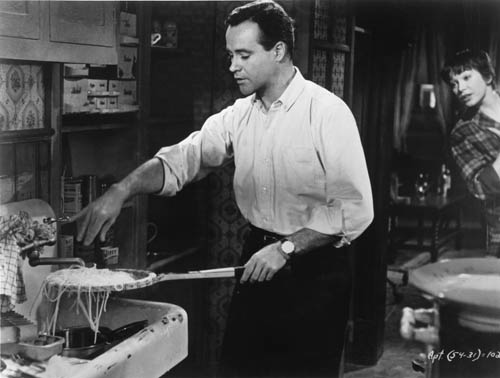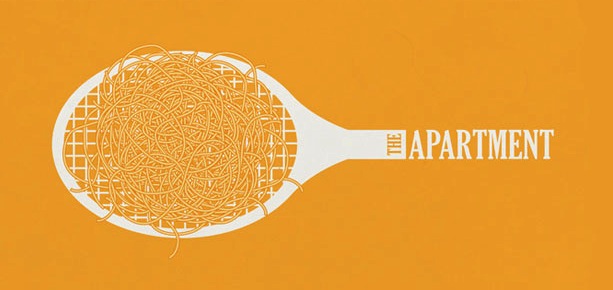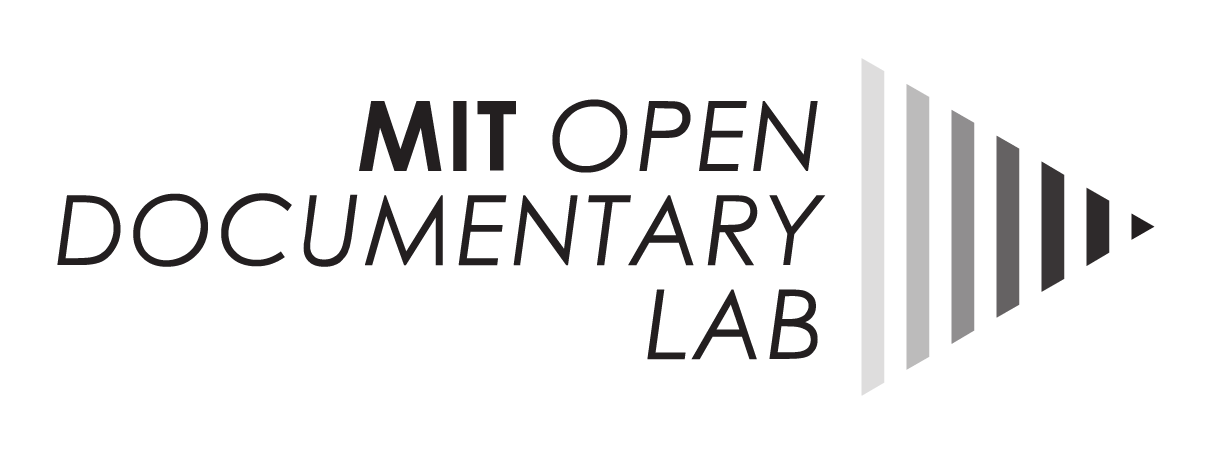
07 Sep Back to the Future
The future of storytelling.
I see those words more and more. On cross-media projects. Collaborative platforms. Immersive ‘video environments.’ Sure it’s hyperbole. But there’s some truth behind the hype. The entertainment industries that manufacture our ‘stories’ are in a period of unprecedented change. Technology is reshaping the way narratives are being written, distributed, and consumed. Digital tools open new pathways for audience interaction. The phenomenal success of YouTube and other content-sharing platforms suggest that people will devote enormous energy to creating, sharing, and consuming each others’ media content.
But there’s a difference between media content and stories. Many stories are expressed as pieces of media–be they video clips, interactive websites, or fragments of text– but not every media clip tells a story.
Every time I see ‘future’ and ‘storytelling’ within a few words of each other, I want to wave a red flag. Why? I think the ‘future of storytelling’ could take more note of the past. Some future-looking story projects seem heavy on the desire to be innovative, and thin on actual story.
Call me a traditionalist, but when I consume media, I want compelling characters, situations, and conflict. Can these elements transfer to new media and ‘future’ storytelling projects? Of course! But good characters rarely emerge by accident.
Below, I’ve put together a scattershot sampling of strategies storytellers use to create and sustain audience interest. The list isn’t exhaustive, or prescriptive. I don’t mean to highlight the importance of any one tactic, as much as to celebrate authorship. Good stories don’t happen by accident. Shaping narrative is work. Storytelling can be as difficult as building a new technical new platform, or creating a cross-media experience.
I hope the ‘future’ of storytelling will learn from, and even celebrate, the narratives of the past.
Conflict
Recently, there’s been a healthy debate as to how necessary conflict is to narrative. Personally, I believe it’s pretty vital to push a story forward, especially in the absence of whodunnit questions or an exploratory, travelogue drive. Conflict raises questions, creates stakes, shows us how far our characters will go, and allies us with their struggle.
Questions
Create curiosity. Raise questions in the mind of the audience. Invite them to turn the page, click the next link, stay beyond the commercial break.
Questions are an efficient way to engage an audience in an unfolding narrative. When people want to know what happens next, they’re more likely to tune in. This’s the rough logic behind cliffhangers. In a television show like 24, anticipation is created almost solely through escalating plot events, unrolling at breakneck speed. Major reveals or complications happen right before commercial breaks to an effort to hook the audience until the show resumes.
But questions also work on a micro-level: scenes in film and television can be thought of as being made of a series of interlocking questions and answers that attempt to lead the audience by the nose, inviting engagement both in short-term plot points and long-term arcs. In some ways, the micro-questions internal to scenes can be seen as the mortar that holds a narrative together.
Reversals
Give me a few surprises. And I’m not even talking surprises on a whodunnit level. Let’s look at the famous flying bike scene from E.T.:
[youtube]http://www.youtube.com/watch?v=oR1-UFrcZ0k[/youtube]
Every time something good happens for our heroes, it’s followed by something bad. The kids escape the cops (good), then more cops come around the corner (bad). The kids are cornered (bad), and then E.T. helps the bikes lift off (good). The scene creates a roller coaster of warring expectations. Some might call this emotional manipulation, but it brings viewers into the story, and the importance of that can’t be undercut. Most importantly, it’s a crafted experience– the excitement, and ensuing engagement– doesn’t happen by accident. Built-in lows make the highs higher.
Payoffs
Anton Chekhov’s famous “if gun appears in Act 1, it should go off by Act 3,” is by now a cliche. But the lesson is still valuable.
The first time Shirley McLaine goes home with Jack Lemmon in The Apartment (1960), she notices that he has a tennis racket in his kitchen. Jack tells her he uses it as a colander. It reinforces what we already know about his character– he’s a bachelor, he doesn’t have his life together. Later, Jack makes Shirley dinner–straining spaghetti with the tennis racket. Character information becomes a visual gag.

Jack Lemmon and Shirley McLaine in The Apartment (1960)
The movie goes on, and the boy loses the girl– as often happens. With all the romantic drama, we’ve forgotten all about the tennis and pasta, until late in the film when Jack comes across the racket in his kitchen. Dried to the racket is a single strand of spaghetti.
Jack looks at the spaghetti. We the audience, look at him. We know– without any commentary– that he’s thinking about the time he made dinner for Shirley.

Poster for The Apartment LiveRead, April 2012
The tennis racket– a seemingly one-off gag– pays emotional dividends. It appeals to the history we’ve seen the characters build together. It brings us, the audience, into Jack and Shirley’s club. Only Jack, Shirley, and the audience know that there’s something special about the tennis and spaghetti. It allies us with the characters, and allies us in wanting them together. When Shirley walks in Jack’s door moments later, we’re primed for their reunion.
Story moments like The Apartment‘s tennis racket don’t happen by accident. They’re authored. The racket is planted early, and it pays off. The first payoff– the visual gag– camouflages the second– Jack’s memory of their time together. The second moment is even more satisfying so because it’s unexpected. The racket is a visual gag that graduates into something more. This is hard work. It’s first-rate storytelling. The tennis racket is a beautiful, affective solution that furthers the love story. In my opinion, it’s as innovative as any new technological platform.
Audiences bring their own rich experience to every story they encounter, but that doesn’t absolve media makers from authoring the audience experience– building in emotional highs and lows, raising questions, and creating surprises. To assert that such narrative shaping would infringe on the audience’s autonomy gives the maker’s vision too much credit, and audience’s ability to process and evaluate what they see far too little.
Future-of-storytelling enthusiasts call for interaction, immersion, and multi-platform entertainments. These are all good things. But in all the well-justified excitement about new technologies, I worry that some dismiss story as the easy part.
Story is work, but it’s worth it. New technology can become little more than a fancy bell or whistle when story falls by the wayside. There’s a reason the Tin Man needed a heart.
Katie Edgerton/MIT



